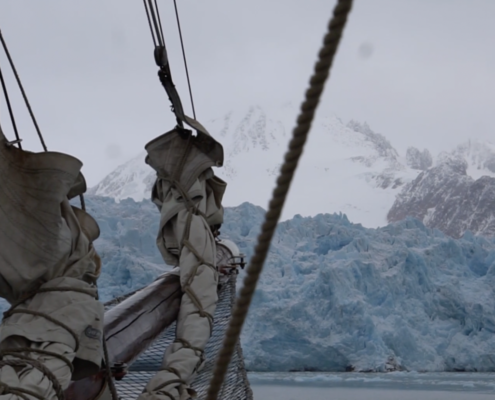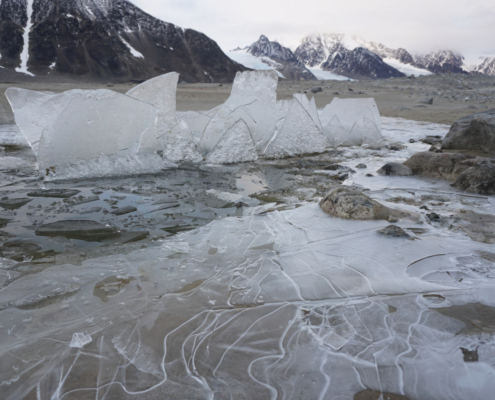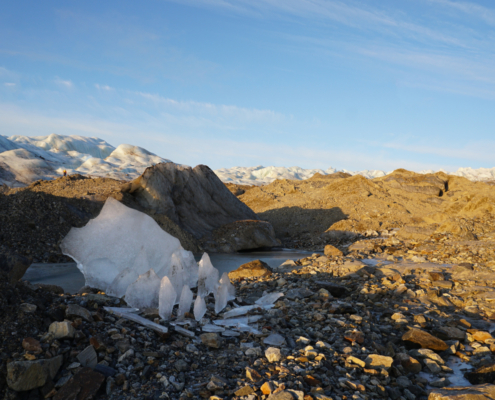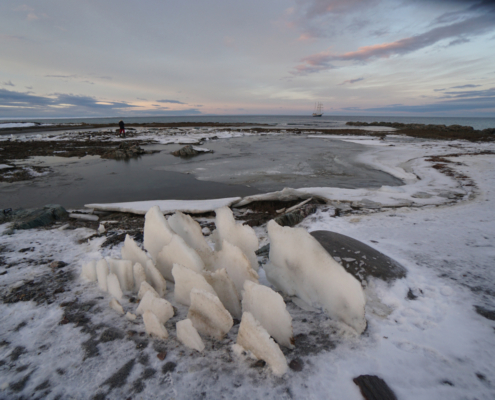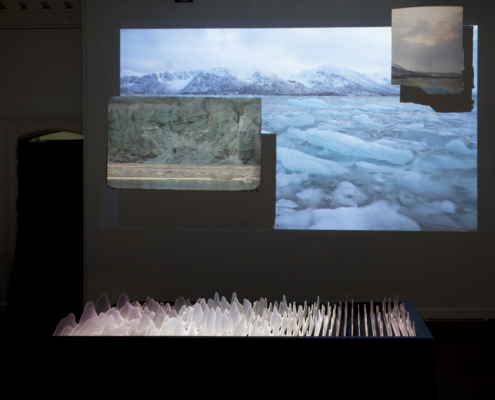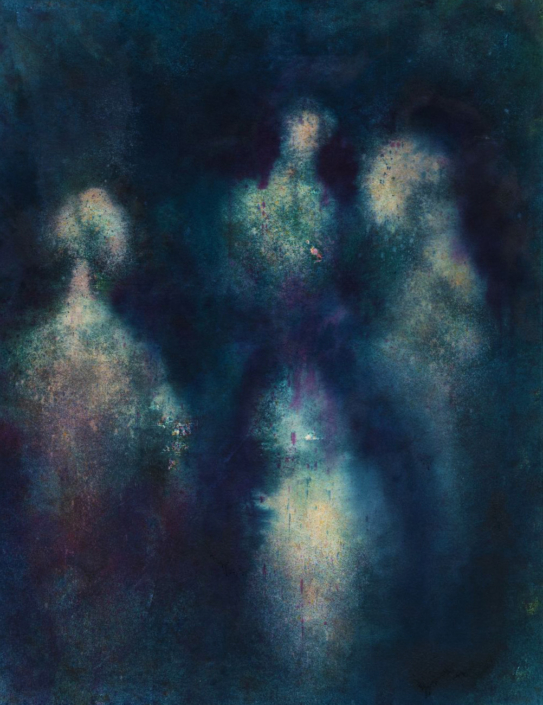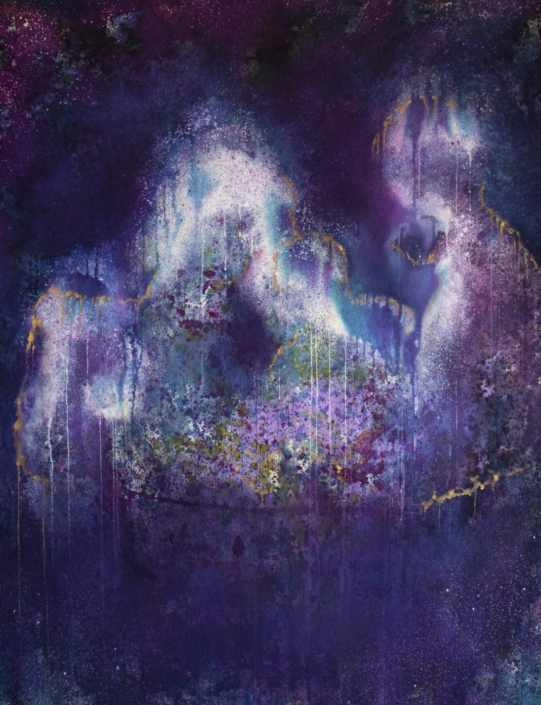Victoria Dugger | Athens, GA
Artist Statement
As a disabled Black woman, I have a desire for people to accept or appreciate me for both my surface and what’s below it; to humanize me not because of my appearance, but despite it. My paintings channel the complexity of my identity. Through bold colors, sly references to art history, fractured patterns, and overflowing viscera. I create a surface of works that are richly layered, both demanding attention and refusing any simple legibility.
My anthropomorphic figures are another way for me to visualize my own body. Their irregular extremities are intended to express a state of atrophy—a wasting away of muscles—which is a symptom of many physical disabilities. I render them joyful and beautiful, reclining and covered in gems. The sculptures’ long, lumpy limbs are adorned with pearls, sparkles, colorful braids, and other markers of exuberant femininity.
Ambivalence is a core theme in my work. These figures exist on the border of abstraction and representation. It is impossible to tell if they are inside or outside, or if they show the interior or exterior of their bodies. I’m interested in the evocation of nostalgia for girlhood, while also imagining possible futures. Neither utopian nor dystopian, I instead produce bodies that refuse to be contained.
Bio
Victoria Dugger is a visual artist currently based in Athens, Georgia. She holds a BFA from Columbus State University (2016) and an MFA in Painting from the Lamar Dodd School of Art at the University of Georgia (2022). Dugger works in painting, mixed media, and sculpture, creating pieces that challenge traditional categories and explore new modes of self-expression and embodiment. Her work examines her identity as a Black, disabled woman, blending playful compositions with grotesque imagery.
In July 2021, Dugger had her debut solo show “Out of Body” with Sargent’s Daughters in New York City, which received attention from Vogue, Hyperallergic, artnet, ARTnews, Whitehot Magazine, and artdaily. She was also selected as a 2023 Georgia Woman to Watch by the National Museum for Women in the Arts and has been featured in FRIEZE and The New York Times. Dugger is represented by Sargent’s Daughters.
